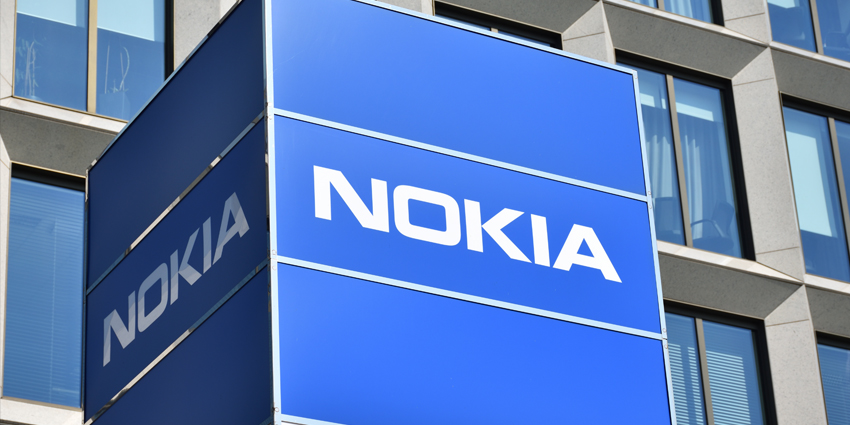Microsoft’s Integrated Visual Augmentation System, or IVAS, is an ongoing US Army program to provide infantry personnel with mixed reality (MR) devices that enable image rendition in low light conditions, object outlining, 3D mapping overlays, picture-in-picture displays, and other features.
Terrorism has always been a concern to this great nation. The IVAS system uses cutting edge technology that our partners @Microsoft developed to give our soldiers a unique advantage to help defend against terrorism. #Modernization #Readiness #ArmyStrong pic.twitter.com/NRsXjafuuu
— SecArmy (@SecArmy) August 31, 2020
It originally started as the Nomad Augmented Vision System (NAVS) program in the early 2000s and evolved into IVAS twenty years later. Microsoft plays a crucial role in the program, a contract valued at nearly $22 billion USD over the next 10 years.
What Is the Microsoft IVAS Program All About?
The US Army first invited Microsoft engineers in 2019 as part of its foray into advanced technologies to boost situational awareness for soldiers.
A team from Microsoft later attended a series of boot camps at a North Carolina military base, essentially conducting hands-on knowledge transfers that would power a purpose-built MR headset for the US Army. In the future, the device is expected to roll out to thousands of infantry personnel.
This engagement was not a standalone exercise, and was essentially a continuation of Microsoft’s previous partnership with the Army, which started with a $480 million USD contract in 2018 to develop MR headsets to help soldiers in training, practice, and combat.
In March 2021, Microsoft announced the Army had awarded it a contract worth nearly $22 billion USD for the ongoing production of MR headsets based on The Redmond, Washington-based firm’s HoloLens technology.
Initially, Microsoft would manufacture roughly 120,000 devices, and the five-year contract could extend for another five years, totalling 10 years.
Key Features of the Microsoft HoloLens IVAS
The partnership has the following key features:
A premium, custom-built HoloLens
The US Army’s requirements will be far more complex than the ability to see simple holograms superimposed on physical surroundings and will require a customized device beyond the $3,500 base-priced HoloLens headset.
Therefore, Microsoft is slated to provide a tailored version of the HoloLens specifically designed for rugged use.
Soldier-Centered Design
Between 2019 and 2021, Microsoft and the US Army collaborated on a design philosophy and set of principles called Soldier-Centered Design.
It places the user of military equipment at the center of the design process and incorporates their feedback at every stage of development and production. While this approach is not new, Microsoft made significant advancements that would power the HoloLens-based IVAS.
Azure computing and services
A large portion of the deal would comprise ancillary services in addition to the core IVAS hardware.
This could include storage and hosting solutions, industry-specific software applications, 3D design and modeling services, additional reliability guarantees, maintenance and update support, and much more.
In other words, Microsoft may potentially provide the US Army with a holistic IVAS solution along with the HoloLens headset.
Initial Roadblocks and Delays
Large-scale contracts in the defense sector always take time to fully mature, and the Microsoft-US Army deal has seen its fair share of delays, and the agreement that started taking shape sometime in 2018 took around three years to mature.
It was only in March of 2021 when the IVAS system moved from prototype stage into production, and simultaneously, there was the official word that Microsoft now had won the contract to supply over 120,000 IVAS headsets and associated services to the US Army.
A few months later, in October 2021, the Army halted procurement of the headsets, stating they were “essentially doing a reset of that program, figuring out what is the appropriate timeline and where is the technology.”
One should note that the partnership had seen mixed feelings from Microsoft employees, several of whom objected to the use of their technology for combat purposes.
However, the October news was still unexpected, given that Microsoft had collected over 80,000 hours of feedback on IVAS mechanics, operations, and requirements just a few months before, in June.
The prototype was not yet ready for live operations and deployment would now take place in the financial year 2022, nearly a year behind the original stipulated timeline.
Microsoft was scheduled to take this time to introduce further improvements to the system such as vehicle integration, adversarial electronic warfare and cybersecurity testing, cold weather resistance, and much more, with the Army reassuring it remained “fully committed to its partnership with Microsoft.”
What Is Happening with Microsoft Headsets in 2022?
To date, Microsoft IVAS headsets are slated to reach operational testing by May, but according to talks between Insider representatives and Microsoft staff, there is some confusion regarding the future of the program.
In March this year, sources speaking to Business Insider suggested that Microsoft expects negative feedback from the US Army based on early evaluations starting this month.
According to an internal memo cited in the report, Microsoft is “going into the [feedback and testing] event expecting negative feedback from the customer,” potentially due to issues around using the device in low light conditions as well as its thermal imaging features.
While the Microsoft headset development program for the US army has been off to a long and rocky start, a deal of this magnitude in terms of valuation and operational utility requires engineering teams to fully resolve concerns before production gains momentum.
The events so far could simply reflect a “shift left” strategy, where due diligence and stringent evaluation is taking place early on in the development roadmap. Indeed, this could result in more powerful and effective headsets than initially envisioned, particularly coupled with new tools like Microsoft Mesh and others.
For now, Microsoft remains a steadfast partner to the US Army, and the deal – though delayed – has a clear and predictable roadmap.







